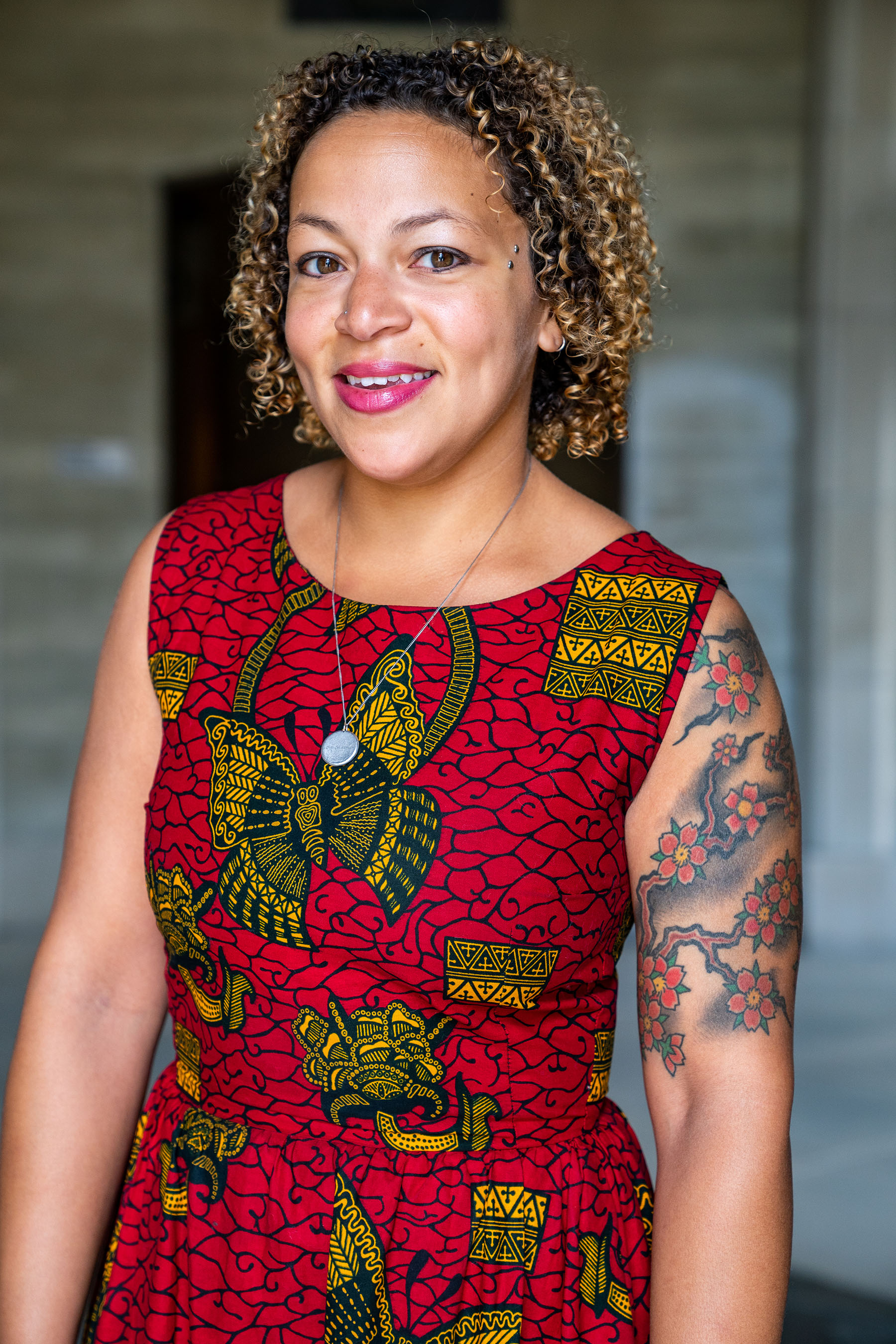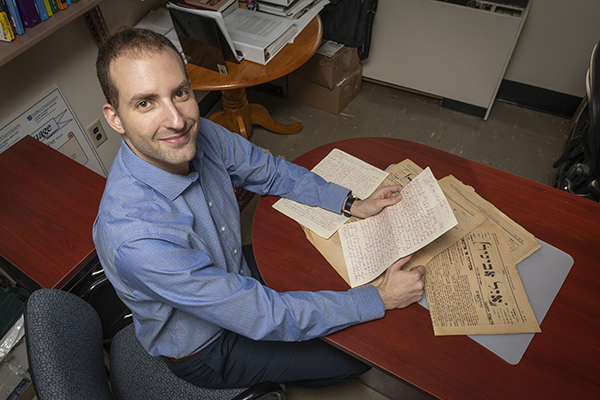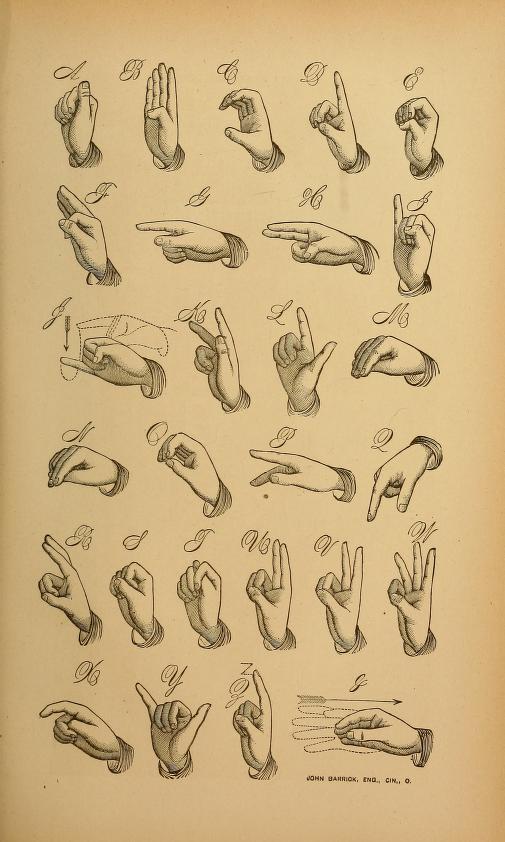The Acoustical Society of America and the Canadian Acoustical Association are co-hosting a joint meeting May 13-17 at the Shaw Centre/Westin Ottawa Hotel.
Tag: Linguistics
Revesz decodes ancient sphinx’s mysterious message
For nearly two centuries, scholars have puzzled over an inscription of just 20 characters, cast upon an unusual bronze sphinx statue believed to have originated in Potaissa, a Roman Empire military base camp located in present-day Romania.
Love and Hate in Ancient Times: New Anthology on Magical Texts Published
A team of scholars spent five years studying them: “magical” texts from Egypt that were written on papyrus, parchment, paper and shards of clay – so-called ostraca – and date from the period between the fourth and twelfth centuries AD.

Study validates the simple view of reading for enhancing second and foreign language learners’ experience
The simple view of reading (SVR) is a widely accepted theory that attempts to define the skills that contribute to early reading comprehension. It attributes a person’s reading comprehension ability to two skills—word recognition (decoding) and language comprehension.
Acoustical Society of America Press Conferences Livestreamed from Chicago, May 9 #ASA184
The 184th ASA Meeting will include three press conferences on Tuesday, May 9. The in-person presentations will also be livestreamed and recorded. Topics will focus on a wide range of newsworthy sessions, including 3D-printing head simulators, tracking immune cells with ultrasound, investigating the impact of skin color on breast cancer diagnosis, mimicking insects to create miniature microphones, and locating leaks in water networks. Reporters can register for in-person or virtual attendance.
Acoustical Society of America Invites Media to Chicago Meeting, May 8-12
ASA will hold its 184th meeting May 8-12 in Chicago, offering in-person and hybrid sessions throughout the week. The scientific conference brings together acousticians, researchers, musicians, and more from around the world, who will describe their work on topics that include measuring the calls of Puerto Rican coqui frogs, communicating with artificial intelligence, capturing the sounds of the stratosphere, simulating sounds on other planets, and ensuring linguistic justice by considering the unique aspects of African American English. Conference highlights can be found on social media by searching the #ASA184 hashtag and reporters are invited to attend in-person and hybrid sessions at no cost.
Ever Wonder Why Brits Sound So Smart?
Are the British generally more intelligent and informed than Americans? Americans certainly seem to think so, according to a study by Rutgers researchers.
World language: Initiative to spotlight Korean linguistics on a global stage
A new three-year grant for more than $200,000 from the South Korean government will help spotlight the Korean language and its impact both in the region and larger world.
Human whistled languages may offer model for how to study dolphin communication
Whistling while you work isn’t just a distraction for some people.
Does Visual Feedback of Our Tongues Help in Speech Motor Learning?
When we speak, we use our auditory and somatosensory systems to monitor the results of the movements of our tongue or lips. Since we cannot typically see our own faces and tongues while we speak, however, the potential role of visual feedback has remained less clear. In the Journal of the Acoustical Society of America, researchers explore how readily speakers will integrate visual information about their tongue movements during a speech motor learning task.
Acoustics Virtually Everywhere: 25 Scientists Summarize Research They’re Presenting This Week at ASA’s December Meeting
As part of the 179th ASA Meeting, 25 sound scientists summarize their innovative research into 300-500 words for a general audience and provide helpful video, photos, and audio. These lay language papers are written for everyone, not just the scientific community. Acousticians are doing important work to make hospitals quieter, map the global seafloor, translate musical notes into emotion, and understand how the human voice changes with age.
Why Are There Differing Preferences for Suffixes and Prefixes Across Languages?
While speakers of English and other Western languages prefer using suffixes more than prefixes, a new study reveals that this preference is not as universal as once thought. These findings stress the need for more diverse populations in language research and may shed light on human cognition

International Year of Sound Virtual Speaker Series Focuses on Tone of Your Voice
The Acoustical Society of America continues its series of virtual talks featuring acoustical experts as part of the International Year of Sound celebration. For the third presentation in the series, Nicole Holliday, an assistant professor of linguistics at the University of Pennsylvania, will examine how our voices convey meaning in their tone and what listeners perceive. Specifically, her virtual talk on Aug. 20 will reflect on what language can tell us about identity and inequality.
Skip generational distinctions like ‘millenials’ in workplace
It’s time to nix the generational mindset in business, says a Washington University in St. Louis linguistic expert who participated in an elite, 15-member committee announcing July 21 its findings on what he calls “potentially harmful” categorizing. He was part of The National Academies of Sciences, Engineering and Medicine committee convened for this study.
Even if you want to, you can’t ignore how people look or sound
Can you ignore how someone looks or how they sound if you’re told it is not relevant? Probably not, at least in most cases, a new study found.
Spanish language increasingly more relevant to presidential elections
Discourse in and about Spanish was present on both sides of the political spectrum, more so leading up to the 2016 presidential election than in previous cycles, according to research conducted by faculty at Binghamton University, State University of New York.

Professor works to preserve endangered Ladino language
Bryan Kirschen, an assistant professor of Spanish and linguistics at Binghamton University, is working to preserve the Ladino language, which can be traced back to the 15th century.

Traces of the European Enlightenment Found in the DNA of Western Sign Languages
Sign languages throughout North and South America and Europe have centuries-long roots in five European locations, a finding that gives new insight into the influence of the European Enlightenment on many of the world’s signing communities and the evolution of their languages.

Finding Meaning in ‘Rick and Morty,’ One Burp at a Time
One of the first things viewers of “Rick and Morty” might notice about Rick is his penchant for punctuating his speech with burps. Brooke Kidner has analyzed the frequency and acoustics of belching while speaking, and by zeroing in on the specific pitches and sound qualities of a midspeech burp, aims to find what latent linguistic meaning might be found in the little-studied gastrointestinal grumbles. Kidner will present her findings at the 178th ASA Meeting.